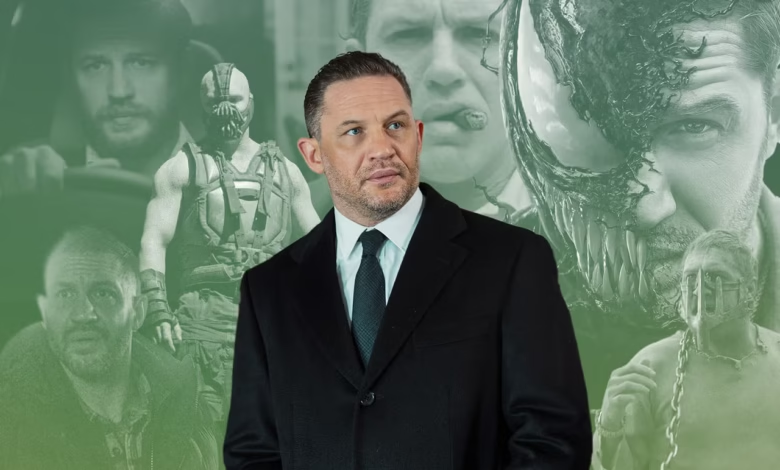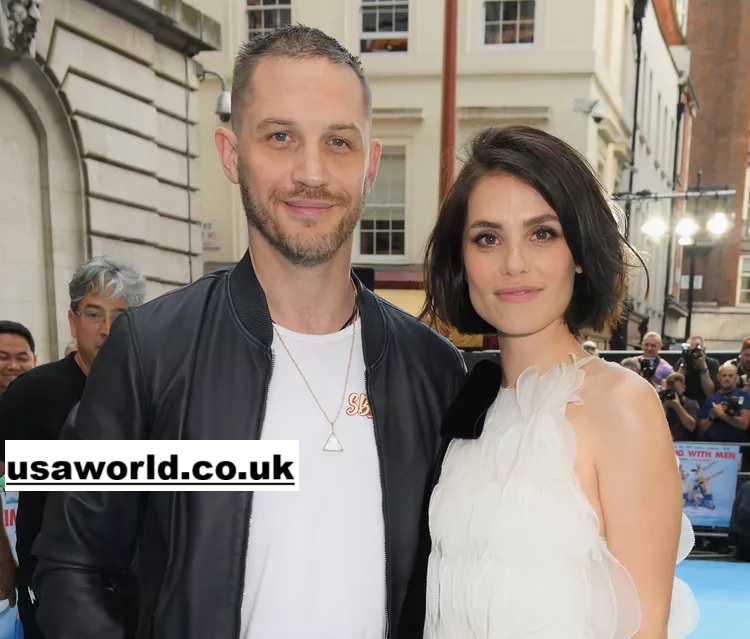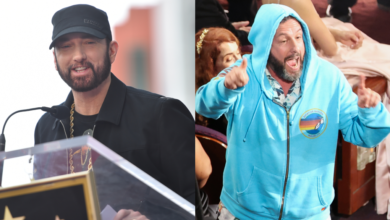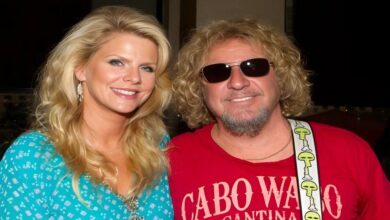Tom Hardy: The Enigmatic Star Who Redefined Modern Cinema

The Early Foundations of Tom Hardy’s Journey
Tom Hardy’s story begins in the heart of London, where his formative years were spent in an environment that mixed privilege with turbulence. Born Edward Thomas Hardy in 1977, he grew up with a flair for creativity thanks to his parents—his father, a writer, and his mother, an artist. Yet, Tom Hardy’s youth was far from a straight path to stardom. He grappled with personal demons, including struggles with addiction, which nearly derailed his life before it truly began. These early battles, though dark, would later fuel the intensity and rawness he brought to his roles on screen.
Unlike many actors who follow a polished academic trajectory, Tom Hardy’s training was unconventional and almost chaotic. He enrolled at Drama Centre London, a rigorous institution known for its method-acting discipline. While there, Hardy cultivated an ability to dissolve entirely into characters, pushing himself to extremes that mirrored his own life challenges. His instructors often noted his fierce energy—a quality that, even then, seemed destined to leap off the screen.
Hardy’s first brush with the world stage came in the early 2000s, when he landed roles in Steven Spielberg’s acclaimed miniseries Band of Brothers and Ridley Scott’s Black Hawk Down. Though minor, these roles showcased a newcomer who didn’t fade into the background. Even with little dialogue, Hardy’s physical presence and enigmatic intensity made him unforgettable. Hollywood took notice.
What sets Hardy apart from other British actors of his generation is not just his training but his authenticity. He didn’t arrive in the industry as a flawless product; rather, he came scarred, weathered, and vulnerable—qualities that made him resonate with audiences. From the very start, Hardy embodied a paradox: a man of strength and fragility, confidence and chaos, someone who could command attention while simultaneously exposing raw humanity.
Tom Hardy’s Transformation Into a Hollywood Powerhouse

Every great actor has a breakthrough moment, and for Tom Hardy, that moTom Hardy gained significant muscle mass, shaved his head, and embodied the chaos of a man consumed by violence and performance. Critics were both shocked and impressed, noting that Hardy had delivered a performance that transcended imitation—it was possession.
From there, Hardy’s trajectory skyrocketed. His versatility became his strongest asset. In Christopher Nolan’s Inception (2010), Hardy brought suave wit and effortless charm to Eames, a role that could have been overshadowed in a film full of big names. Instead, Hardy’s performance stood out because of his subtle humor and magnetic presence. He proved that he could balance blockbusters with nuance, a rare skill in Hollywood.
But Hardy wasn’t just the charming supporting actor. In Warrior (2011), he took on the emotionally grueling role of Tommy Conlon, a haunted Marine turned MMA fighter. Tom Hardyy once again transformed his body, gaining a fighter’s physique and adopting a quiet, brooding intensity. Audiences connected with his portrayal of a man broken by trauma but searching for redemption. It became clear that Hardy was an actor who didn’t just play roles—he embodied them fully, often blurring the line between himself and his characters.
The pinnacle of Hardy’s mainstream fame arrived when he stepped into the role of Bane in The Dark Knight Rises (2012). Though his face was obscured by a mask, Hardy used body language, voice manipulation, and sheer physicality to create one of the most iconic villains in modern cinema. Bane wasn’t just a brute force; he was intelligent, strategic, and commanding. Hardy redefined what a comic-book villain could be, cementing his place among Hollywood’s elite.
The Art of Transformation: Hardy’s Commitment to Characters
One of the most exotic aspects of Tom Hardy’s career is his almost obsessive commitment to transformation. Whether bulking up for Bane, emaciating for The Revenant (2015), or seamlessly embodying two characters in Legend (2015), Hardy doesn’t just act—he metamorphoses. This dedication isn’t simply about physicality; it’s about capturing the essence of human complexity.
In Legend, Hardy played both of the infamous Kray twins, Ronnie and Reggie, notorious London gangsters with drastically different personalities. It was a technical and psychological feat, as Hardy had to switch between two distinct personas, often within the same scene. The result was astonishing: audiences often forgot they were watching one actor, as Hardy so convincingly differentiated the suave charm of Reggie from the unhinged volatility of Ronnie.
Similarly, his performance in The Revenant showcased a different side of transformation. As John Fitzgerald, Hardy wasn’t the muscular anti-hero but a cunning, selfish antagonist whose survival instincts drove him to betray others. The role required less physical dominance and more subtle menace, proving Hardy’s adaptability. His performance was chilling and nuanced, earning him an Academy Award nomination.
Even in roles that seem less demanding on the surface, Hardy dives deep. In the Venom films, for instance, he managed to balance comic absurdity with genuine emotional depth, turning what could have been a standard superhero role into something entirely unique. His willingness to embrace eccentricity, paired with his fearless approach to risk-taking, keeps his performances unpredictable and magnetic.
Hardy’s transformations also extend to his voice, a signature trait that fans have come to anticipate. From Bane’s muffled yet commanding tone to the clipped speech of Alfie Solomons in Peaky Blinders, Hardy manipulates his voice as though it were another muscle to flex. Each character sounds distinct, reminding audiences that Hardy’s artistry goes far beyond physical appearance.
Hardy’s Legacy Beyond the Screen
Tom Hardy’s influence doesn’t stop with his filmography. Off-screen, he has cultivated a persona that is both mysterious and relatable, further fueling his exotic appeal. He’s known for his love of dogs, often photographed with rescues and advocating for animal welfare. This softer, compassionate side contrasts sharply with his intense on-screen roles, making him all the more intriguing.
In interviews, Hardy often presents himself as candid yet cryptic, revealing just enough to keep the public fascinated while maintaining an air of privacy. He’s not the kind of celebrity who thrives on constant exposure; rather, he allows his work to speak for him. This deliberate mystique has become part of his allure, setting him apart from actors who seek attention outside their craft.
Hardy has also taken an interest in producing and storytelling beyond acting. His collaborations with filmmakers like Christopher Nolan, as well as his ventures into television (Taboo, which he co-created and starred in), reflect his desire to shape narratives rather than simply inhabit them. He doesn’t just follow trends—he bends them, often choosing projects that challenge conventional storytelling.
Culturally, Hardy has become a symbol of resilience and reinvention. His journey from personal struggle to global stardom resonates with audiences who see in him the possibility of redemption and transformation. He embodies the idea that flaws, scars, and imperfections can become sources of strength and artistry. That message, combined with his talent, cements his legacy as more than just an actor—he’s a storyteller, a transformer, and a cultural icon.
Conclusion: The Enduring Enigma of Tom Hardy
Tom Hardy’s career is a tapestry of contradictions and complexities. He is both vulnerable and indestructible, charming and terrifying, accessible and elusive. From his turbulent beginnings to his place among the most respected actors of his generation, Hardy’s journey is a testament to resilience, reinvention, and relentless artistry.
What makes Hardy truly fascinating is his refusal to conform to expectations. He’s not content with safe choices or predictable roles. Instead, he pushes boundaries, takes risks, and embraces the discomfort of transformation. That willingness to dive into the unknown keeps audiences captivated, ensuring that every performance feels fresh, daring, and unforgettable.
In a cinematic landscape often crowded with polished faces and formulaic performances, Hardy stands out as someone who brings chaos, authenticity, and artistry in equal measure. He doesn’t just play characters—he becomes them, leaving a mark that lingers long after the credits roll.
Ultimately, Tom Hardy is more than a movie star; he’s an enigma who redefines what it means to be an actor in the modern age. His career continues to evolve, and if his past work is any indication, the world has only seen a glimpse of what he is capable of achieving. One thing, however, remains certain: Tom Hardy will always be a force, both on-screen and off, whose legacy is destined to endure.



